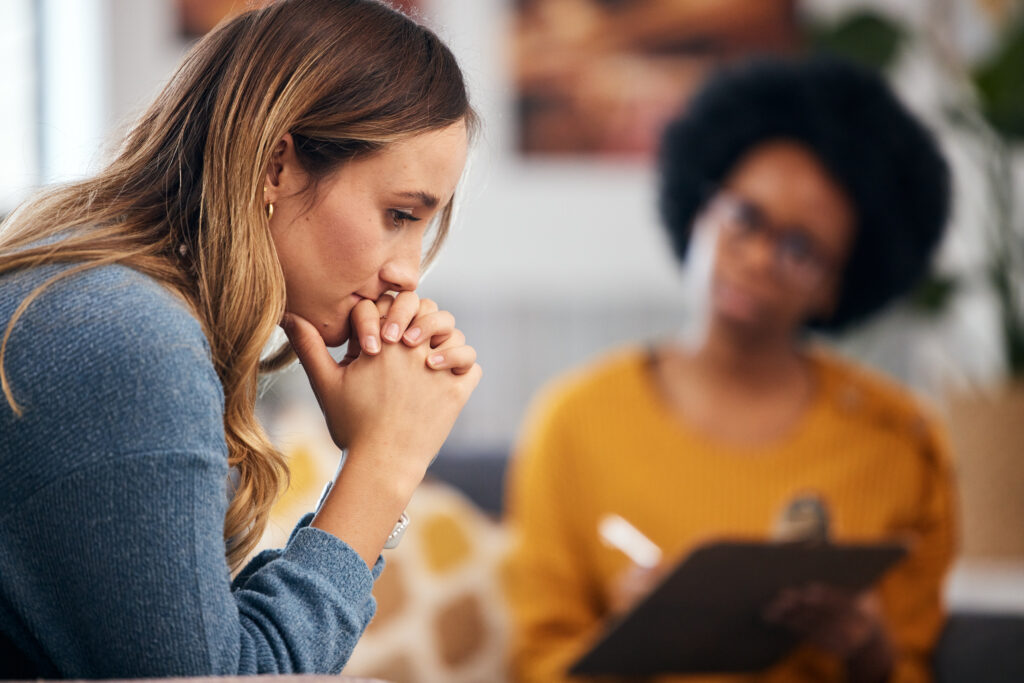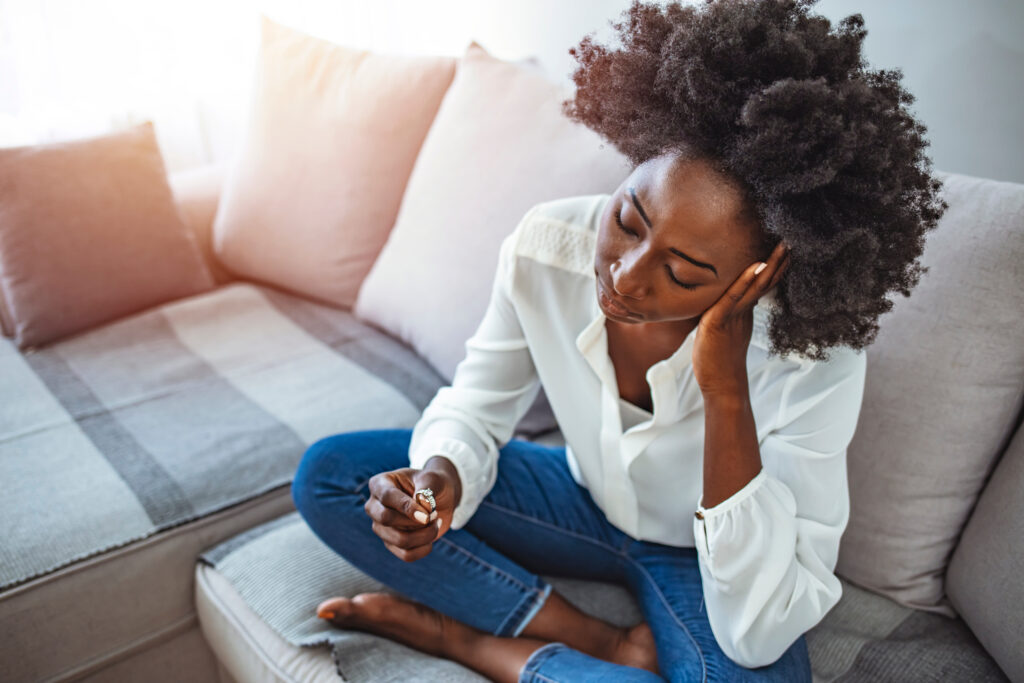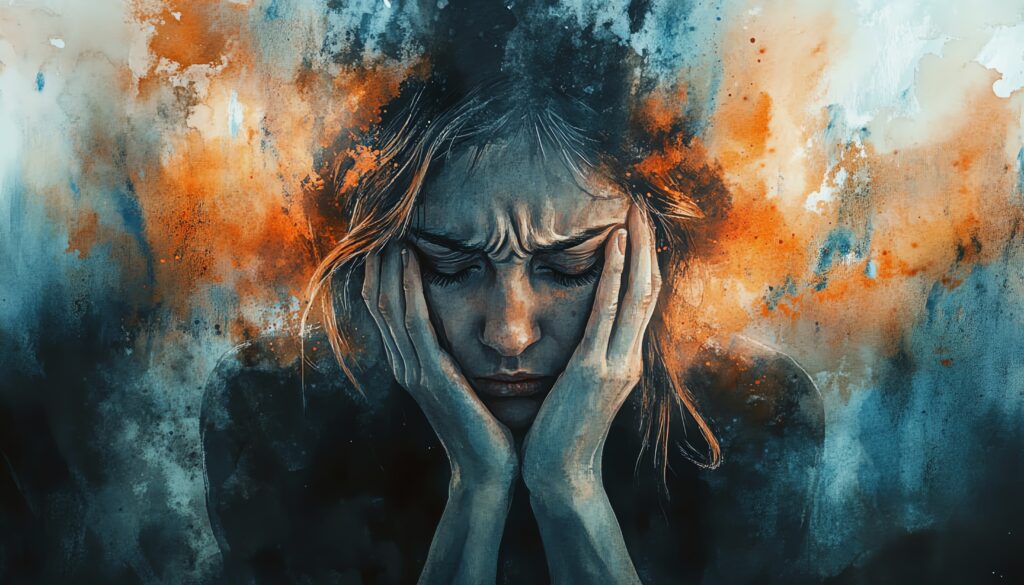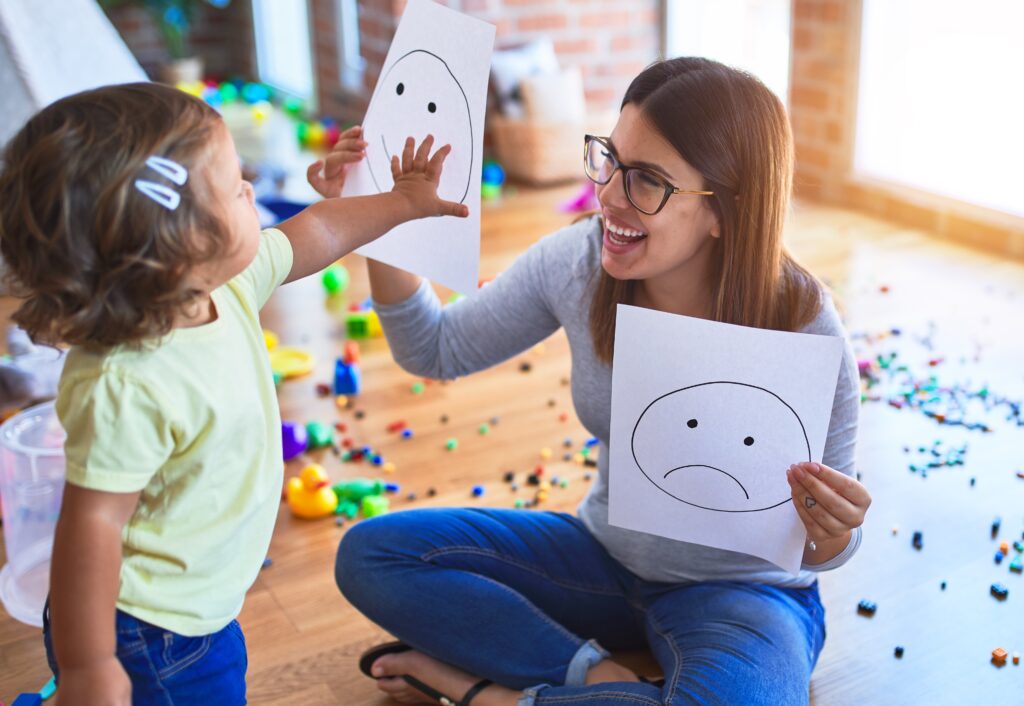What does it mean to be Bisexual?
Identity, attraction, and behavior: key factors to keep in mind when thinking about sexuality. A person who identifies as bisexual is a person who has a sexual orientation of bisexuality. This means the person is sexually, romantically, and emotionally attracted to persons of the same and opposite sex. A person who is bisexually attracted to others can be emotionally, romantically, and/or sexually attracted to people of the same sex and opposite sex. This does not mean that the person identifies as bisexual. This person can be attracted to multiple genders but decide to pursue people of the same sex, or opposite sex, solely. While a person may be attracted to men and women, the person may identify as heterosexual, gay/lesbian, or another identity under the umbrella of queer. Lastly, a person may have bisexual behavior, where the person is attracted to men and women, has sex with men and women, but does not identify as a bisexual. These nuances demonstrate the complexity of human sexuality. Awareness of intersectionality, and uniqueness of expression of identity, is the basic premise when considering the concerns and experiences of a client. Common mental health concerns for this population include mood disorders, such as depression and anxiety (Feinstein & Dyar, 2017; Taggart et al., 2019). Bisexual individuals experience more mood disorders than heterosexual or gay/lesbian individuals. Sexual health is a factor in determining aspects contributing to mental health. In some studies, bisexual-identifying individuals were found to report more sexually transmitted infections (STIs) than heterosexuals and gay/lesbian individuals (Feinstein & Dyar, 2017; Taggart et al., 2019). Bisexual individuals can be ostracized by the gay/lesbian community as well as heterosexuals. Bi-negativity is the phrase used when discussing microaggressions toward this community (Feinstein & Dyar, 2017). Many monosexual individuals assume bisexuality is illegitimate and often see bisexuality as an excuse to be promiscuous and unstable in relationships (Taggart et al., 2019). This hostility can negatively impact people who identify as bisexual in a myriad of ways. The person can feel targeted, invalidated, undesired, and neglected. All of these factors can contribute to the reasons why a bisexual person may attend therapy. The preconceived notions about the nature of bisexuality spawns from a person’s understanding of human sexuality. “… it might be more accurate to view sexual fluidity as a consequence of bisexual attractions, rather than viewing bisexual attractions as a consequence of fluidity.” (Diamond et al., 2016) In hopes of better understanding the concerns and struggles of a bisexual person, or person with bisexual qualities, acknowledging the history of bisexuality is imperative.
Historical Factors
“… defining a bisexual women’s sexual orientation merely by asking which sex she is attracted to at an arbitrary point in time may be misleading.” (Luoto & Rantala, 2020, p. 5) Bisexuality is embodied differently depending on the individual. Since bisexually-oriented people can be attracted to men and women, same-sex oriented people may negatively view bisexuals and their sexual habits. Lesbians sometimes refer to bisexual women as “Lesbians Upon Graduation”, signifying the trend for some women to embrace the lesbian lifestyle in college and then become involved in heterosexual relationships after graduation (Hyde & Delamater, 2020). This perceived “passing” habit (i.e., participating in sexual practices which do not oppress the individual by identifying with a sexual minority) has influenced bi-negativity from many sexual orientations. Many heterosexual-oriented individuals, gays, and lesbians believe bisexuals are experimenting with their sexuality and upholding whichever lifestyle suits their needs.
“This exclusion of of bisexual identities is reproduced and perpetuated in the discipline of psychology in the tendency to regard sexuality as entirely dichotomous.” (Baker & Langdridge, 2008) This dichotomy towards binary identification is prevalent in the society most bisexuals find themselves. When thinking about sexuality, historically the idea was centered around reproduction and what was deemed “natural”. Most people who take a biological approach to reproduction, and believe sexuality is a choice, do not deem gay and lesbian relationships to be natural or conducive for reproduction (Hyde & Delamater, 2020). With the same approach in mind, many monosexually-oriented individuals do not believe bisexuality is valid.
Impact
The oppression and invalidation of bisexual-oriented individuals has a tremendous impact on their mental health. Not only is this group considered a sexual minority, the individual is discriminated against by most groups–even other sexual minorities. In addition to sexuality, a person’s race, ethnicity, religious/spiritual affiliation, economic status, and physical ability all factor into the degree of the person’s mental and physical health. Bisexuals encounter issues with depression, anxiety, and STIs. While these are issues experienced by other sexual minorities, such as gays and lesbians, the erasure of bisexuality creates an additional layer of microaggressions (Baker & Langdridge, 2008). A person not having an aspect of their individual identity acknowledged can result in feelings of exclusion, victimization, and inauthenticity.
Treatment Approaches
Treating a bisexual individual will look various ways. The chief complaint of the person will determine the initial focus of the session. Is this person in a relationship? How does bisexuality look in their life? What other factors of their identity are contributing to the complexity of their main concern? Depending on the chief complaint, focusing on thoughts, emotions, and behaviors is a great place to start. Cognitive Behavioral Therapy (CBT) is an approach which focuses on the ways in which our thoughts are connected to our behavior. For example, if a bisexual person feels ostracized by their friends because of their sexuality the person may express this through unhealthy coping, external validation from strangers, or isolation. With CBT, a therapist can find ways in which the client (i.e., bisexual individual) interprets the ostracization and the emotions and behaviors associated with these thoughts.
Oftentimes people have values and beliefs which are reinforced by family, society, and experiences. When these values are not in alignment with the individual there can be discrepancies. One example of this is when a person comes from a religious background which does not condone non-heterosexual orientations. The queer-identifying individual may have received messages enforcing the message of heterosexuality as natural and the only option for sexuality. Once a person begins questioning their sexuality and experimenting with people from the same sex, these core beliefs will be challenged. As a therapist using CBT, a major approach for processing the person’s beliefs and experiences will focus on the validity of the core belief in their current life. We are taught values and beliefs from society, family, and social networks, however those values and beliefs don’t always align with who we become as we continue to grow and mature.
In addition to our core beliefs and values, the ways in which we cope with our thoughts and behaviors can be deemed healthy or maladaptive. When thinking about the various health concerns many bisexual people experience, the coping strategies which are maladaptive include unprotected sex, and other methods of avoidance. With bisexually-oriented individuals, the prevalence of STIs is high. STIs can be spread during oral sex, vaginal penetration, and anal penetration. Without the use of condoms, as well as being routinely tested, protection from sexually-transmitted infections (STIs) is difficult. There is a stereotype of bisexuals being promiscuous and non-monogamous. While certainly not true for all, sexual promiscuity is a form of coping. Like sex can be an activity which helps a person avoid feelings of rejection, numb overwhelming emotions, as well as feel connected and intimate. This coping mechanism can become maladaptive when a person jeopardizes safety, overindulges, and neglects other forms of coping. Using CBT, a therapist would deconstruct reasons why the person is engaging in this behavior, determine how the person feels about this behavior, and provide alternative ways of processing thoughts and emotions. A similar approach can be utilized for any maladaptive behavior of the bisexual client.
Lastly, with therapeutic approaches, the therapist must think of the client. Thus far, the highlighted potential approaches focus on working with an individual. Sometimes, the client is a couple and the two individual people have to be considered. In regards to talking about concerns, habits, and goals, each person would need to provide their perspective and experience. An appropriate therapeutic approach, for a couple, would be mindfulness. Mindfulness is a technique which focuses on being aware of our thoughts, emotions, behavior, and environment without attaching judgement. This practice can be applied in communication, sexual intercourse, and underlying tension within the couple. Using the approach of mindfulness, the therapist may provide a safe space where the couple is able to talk about their frustrations, experiences, and desires. This could also be an environment where the client (i.e., the couple) has the opportunity to share how their sexuality impacts their lifestyle and experience in society
Conclusion
Every person has struggles as they navigate through life. With the specific population of bisexually-oriented individuals, mental health and physical health is impacted by their lifestyle, intersectionality of identity, and experiences in society. As a therapist, there are options when discussing sexuality and unique practices of the client. Being human means having biases, assumptions, and judgements. As a therapist, we must set these factors aside to be able to support our clients. For the bisexuality community, this means being aware of the potential struggles and barriers which impact their quality of life.
Please visit goodtherapysandiego.com or contact us at (619) 330-9500 to get started with a therapist today!
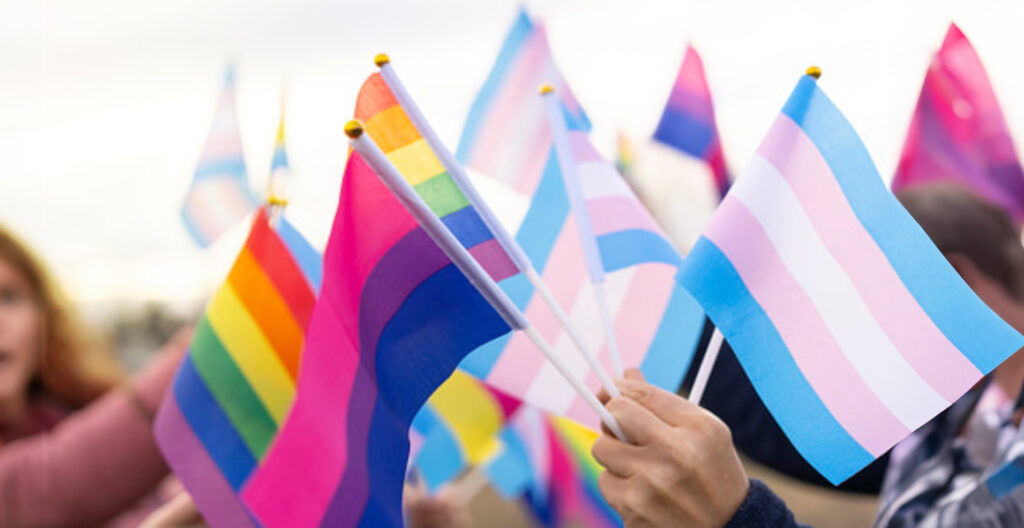
References
- Barker, M. & Langdridge, D. (2008). II. Bisexuality: Working with a silenced sexuality. Feminism & Psychology, 18(3), 389–394.
- Diamond, L. M., Dickenson, J. A., & Blair, K. L. (2016). Stability of Sexual Attractions Across Different Timescales: The roles of bisexuality and gender. Arch Sex Behav. Doi: 10.1007/s10508-016-0860-x
- Feinstein, B. A. & Dyar, C. (2017). Bisexuality, Minority Stress, and Health. Curr Sex Health Rep, 9(1), 42-49. Doi: 10.1007/s11930-017-0096-3
- Hyde, J. S. & Delamater, J. D. (2020). Understanding Human Sexuality (4th Edition). McGraw Hill Education.
- Luoto, S., & Rantala, M. J. (2020). Female Bisexuality. In T. Shackelford (Ed.), The Cambridge Handbook of Evolutionary Perspectives on Sexual Psychology. Cambridge University Press.
- Taggart, T. C., Rodriguez-Seijas, C., Dyar, C., Elliott, J. C., Thompson, Jr., R. G., Hasin, D. S., & Eaton, N. R. (2019). Sexual Orientation: The unexplored role of bisexuality. Behav Res Ther, 115, 55-63. Doi: 10.1016/j.brat.2018.12.012

